What should you pack for Finland in winter?
In this article I want to show you the clothes and luggage we have packed in the Nordic countries we have visited so far. It's not compulsory, it's just what we've used and there are sure to be improvements, so I invite you to leave in the comments your opinion or what you use for such destinations. The article will also undergo country-specific changes specific to each country we visit while I will write about them on the blog.
Winter in Lapland is harsh and very harsh. The days are very short with sunrise at 11am and sunset at 2pm, with extreme temperatures between -5 and -20 degrees, so you need to be very prepared. And if you want to have a good time on vacation, you'd better pack an extra sweater in your luggage to be on the safe side.
It is necessary to have several layers because it will be very cold outside and very hot in restaurants or tourist attractions. Each layer should have certain specifications for better insulation.
- the first layer must necessarily be wool, and if you choose merino wool it's even better. It is recognized and tested by me that it doesn't absorb sweat and keeps body temperature constant. My blouses are from Decathlon and I recommend them. You can also use the ski top if you have one in your wardrobe.
- at the bottom, either merino wool tights or straight ski tights which are specially designed for very cold weather, but also be comfortable. I found some extremely good, thermal tights from H&M. The ski thighs are from Decathlon and they are so good that I've had them for over 10 years and they are just like new.
- for the second top layer, so on top of the merino wool blouse, I used a fleece for better warmth. On some colder days, I also had a sleeveless, fleece vest.
- the last layer I used was the ski suit which was more than perfect! No need for any special brand, any ski suit is designed for the cold and to keep you comfortable outside in lower temperatures. The jacket needs to be waterproof.
- when it comes to socks, normal wool or merino. They have to be as long as possible and have low temperature specs. I had one from Decathlon and one from SportGuru, more specifically Ortovox. Ski socks can be a good option because they're already designed not to freeze your feet in the rinses, although they can be a bit uncomfortable because they are up until the knees.
- footwear is extremely important, if you don't have the right footwear, automatically any outdoor activity will seem like a torment. I have seen people in sneakers and that is a big NO! You need to have winter boots, waterproof, extremely thick, with great ankle stability. I used MoonBoots and, yes, they are more expensive, but they did their job. I didn't feel a second cold in my feet and I spent 2 hours on the frozen lake ice fishing.
I have had two pairs of gloves, one thin merino wool and one ski glove, both also bought from Decathlon . I used them both on very rare occasions, most often I used the ski pair being the warmer. I recommend the cap to be merino wool, at least on the forehead and ears. I have this model which has merino wool inside the bandana that covers the forehead and the ears.
BONUS: I had special patches for legs or lumbar area also bought from Decathlon. They're very good and last about 5 hours, so if you know you're getting colder, it's good to have on hand. Most of the technical clothing and hiking gear is bought at Decathlon, it's a really good store with very good quality products at very good prices.
BONUS 2: Let me share with you our trick for fitting as many clothes as possible into a backpack for 8-10 days – we use these storage bags for travel, allowing us to organize them more effectively. I recommend them because they have always been the answer to the question, "Okay, now how do we pack our clothes?"

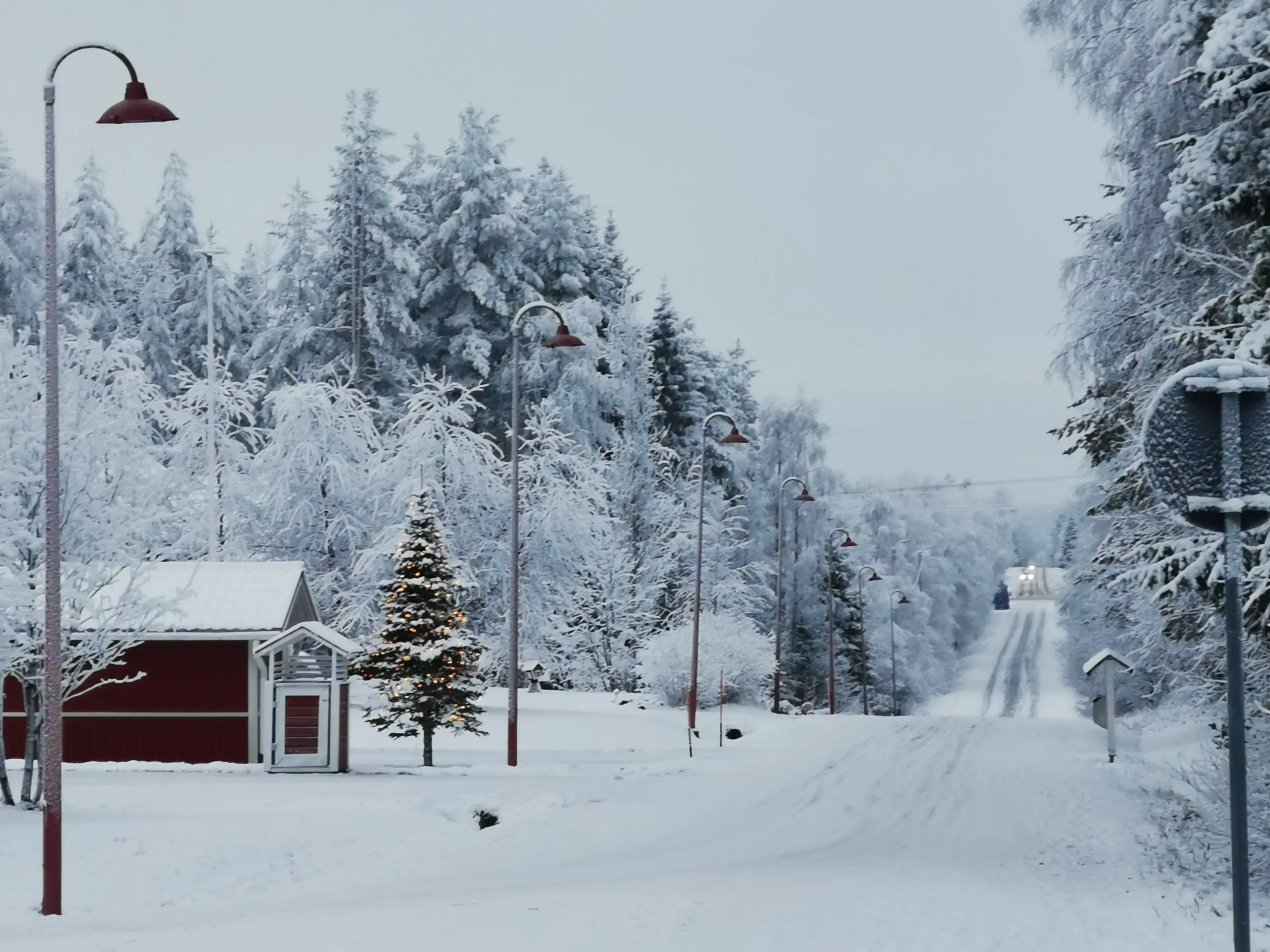
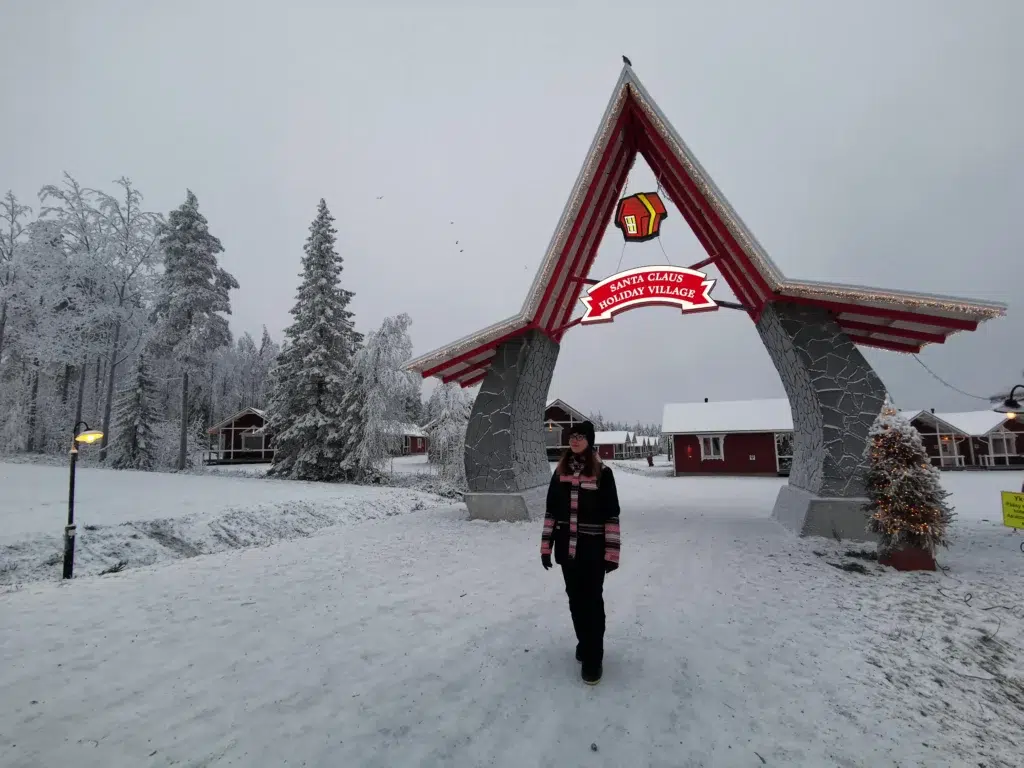
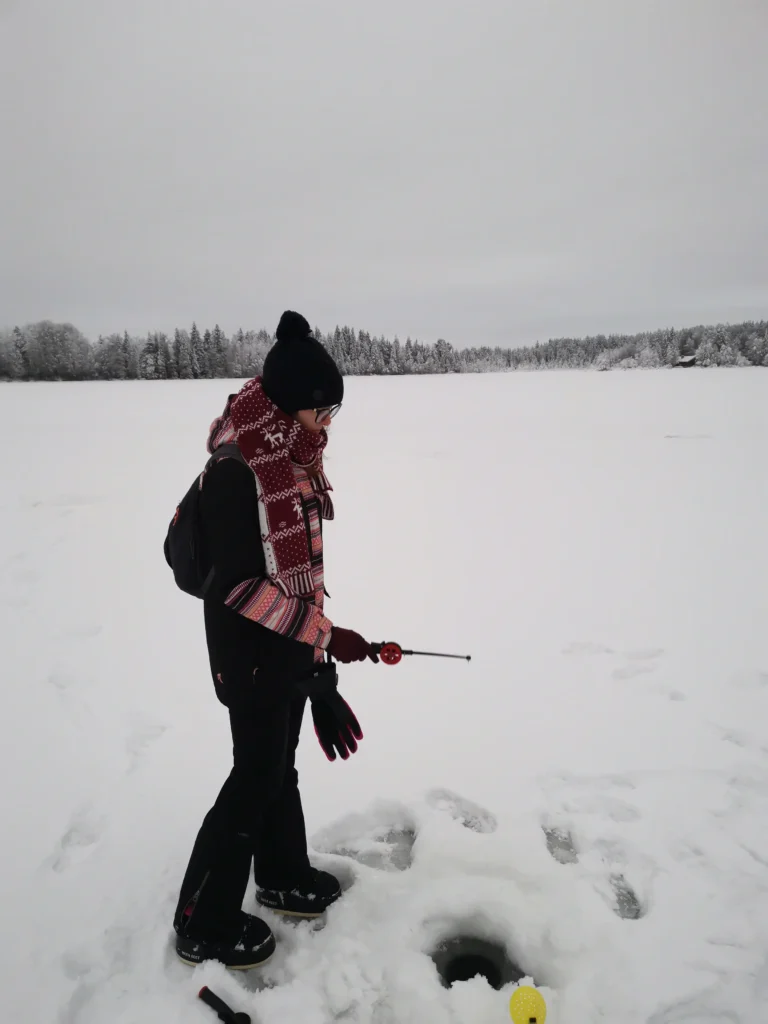


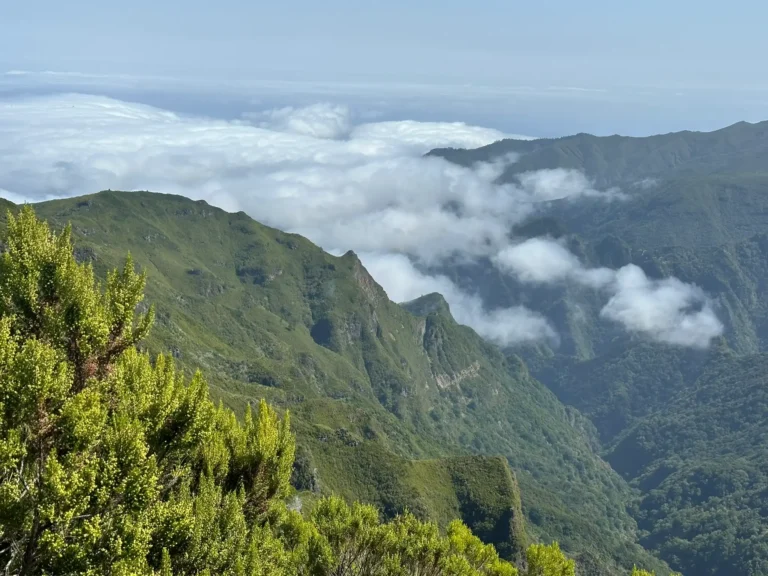

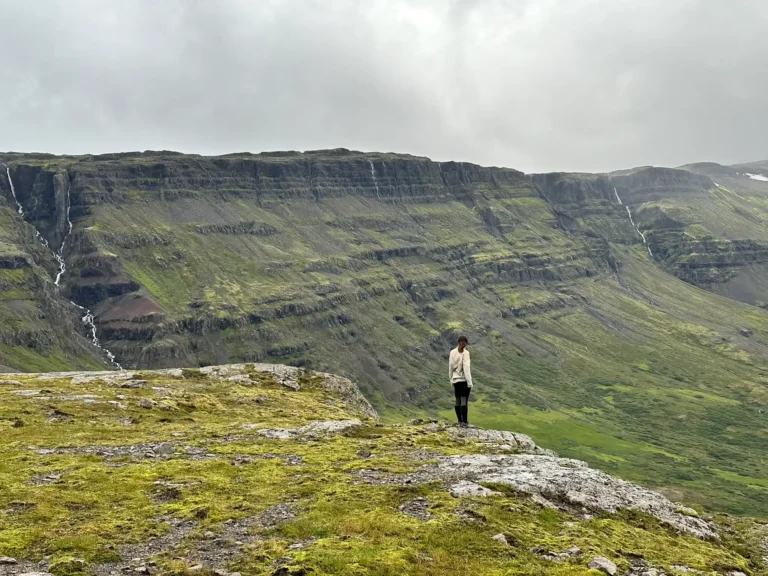
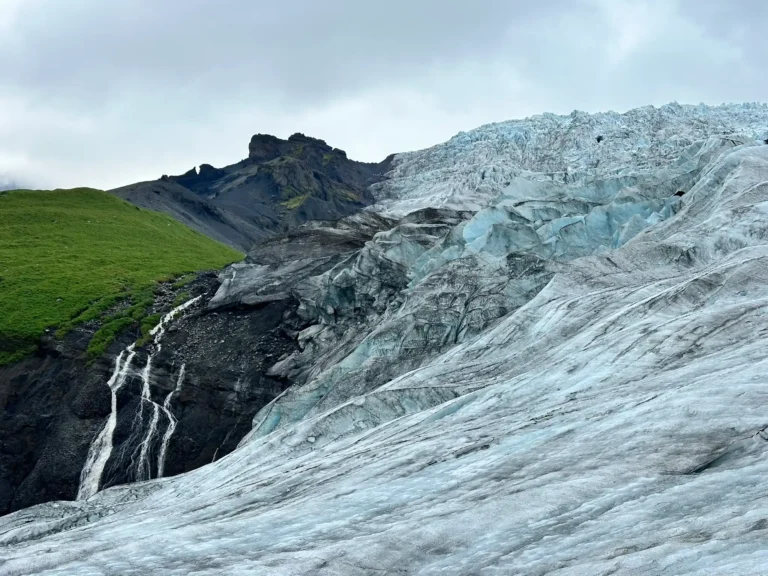
One Comment